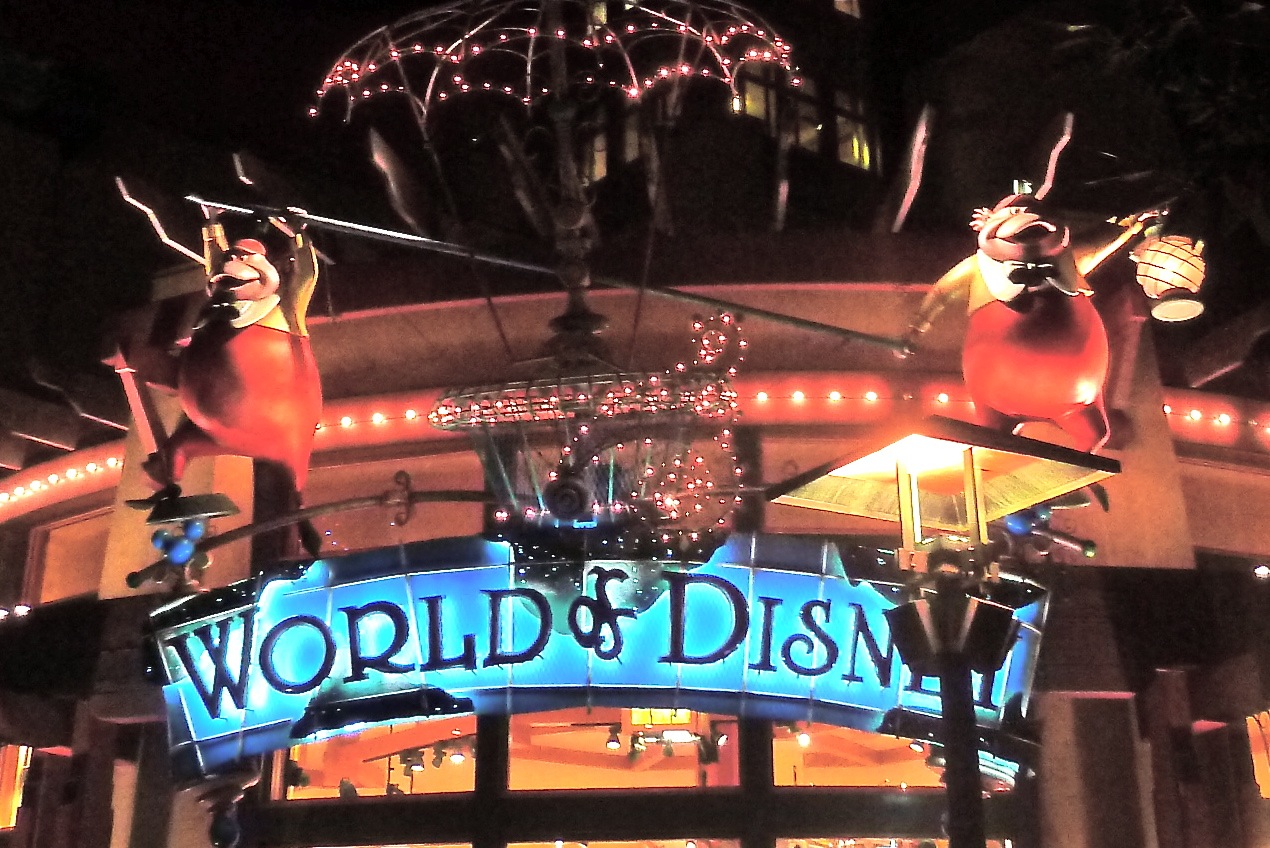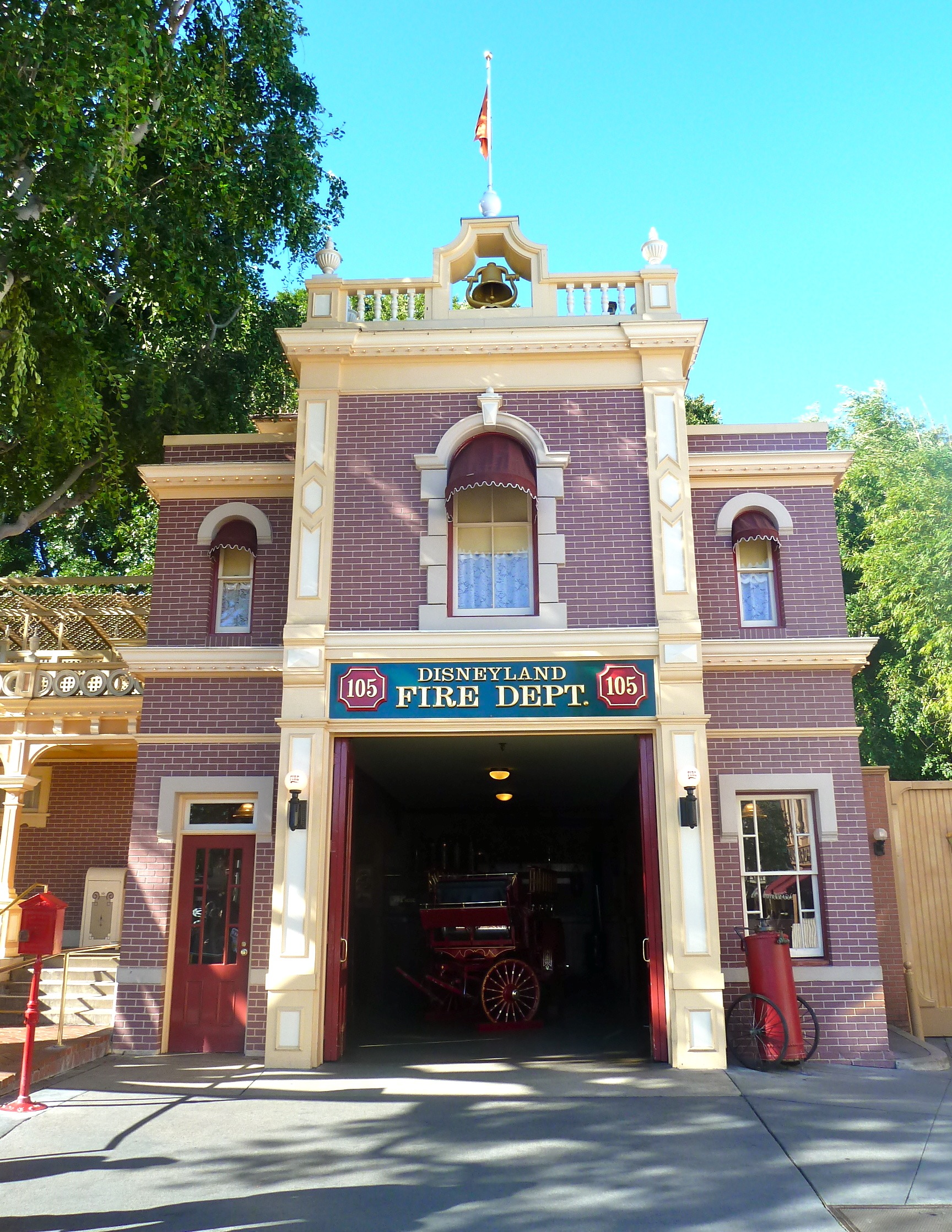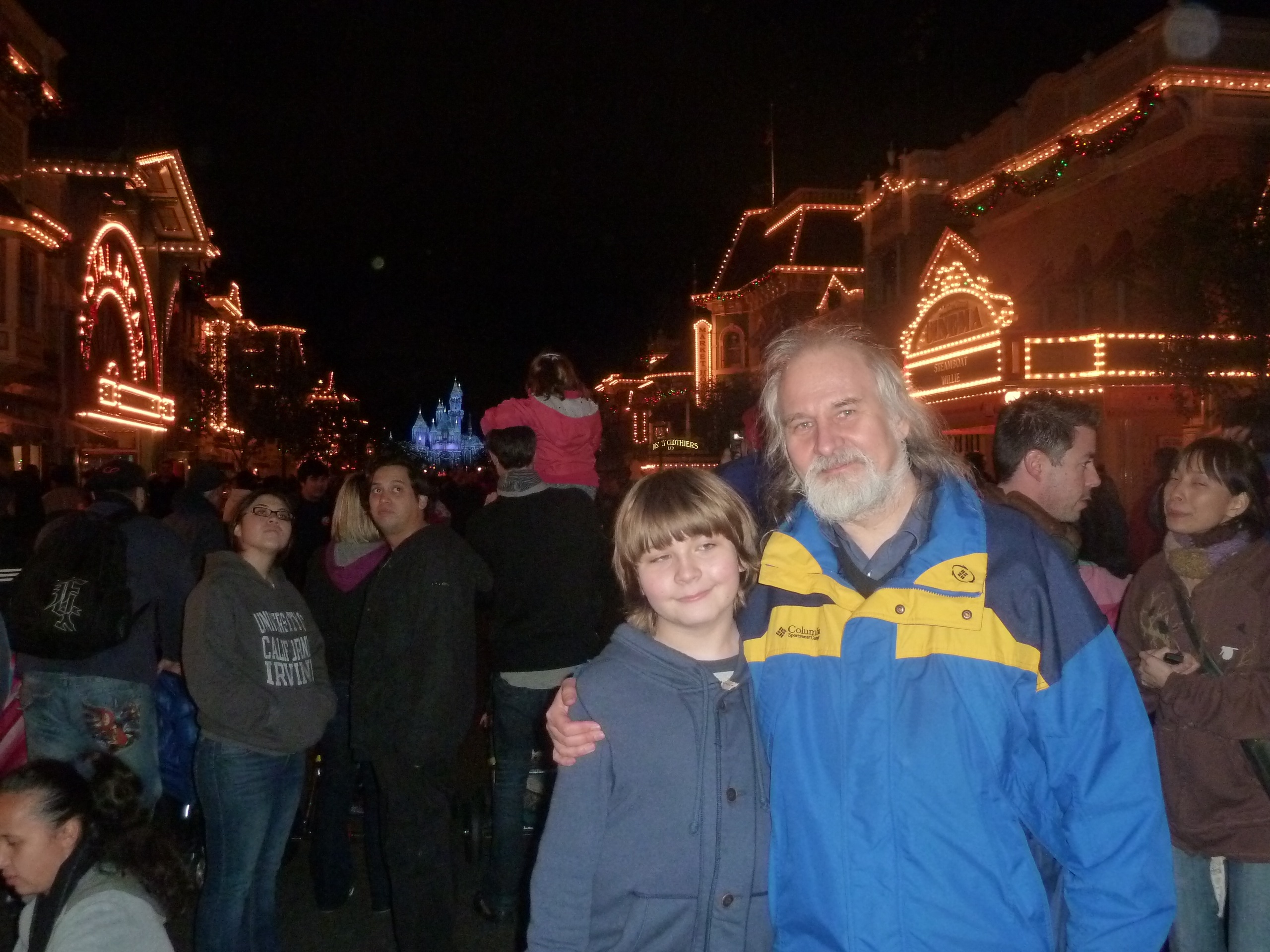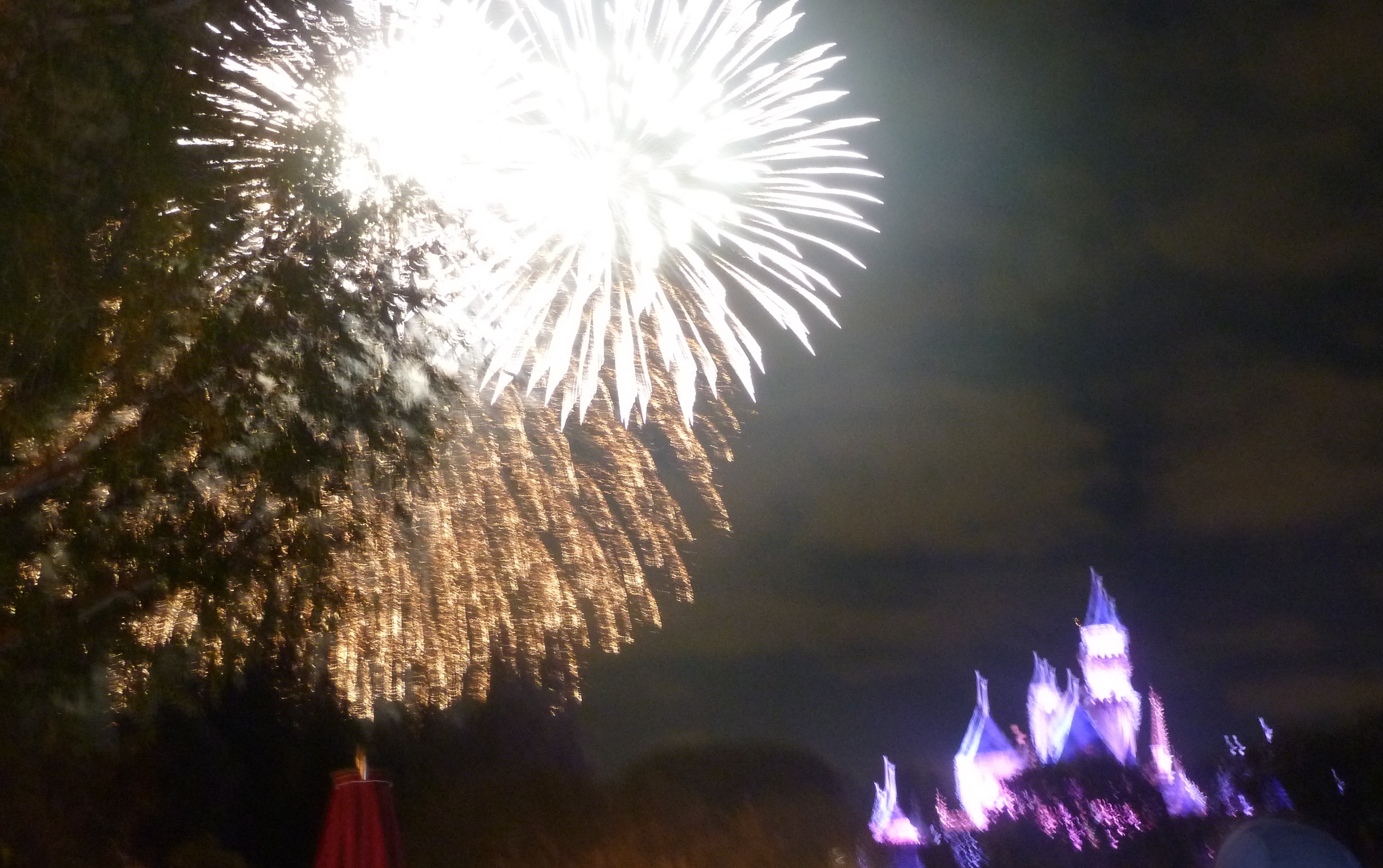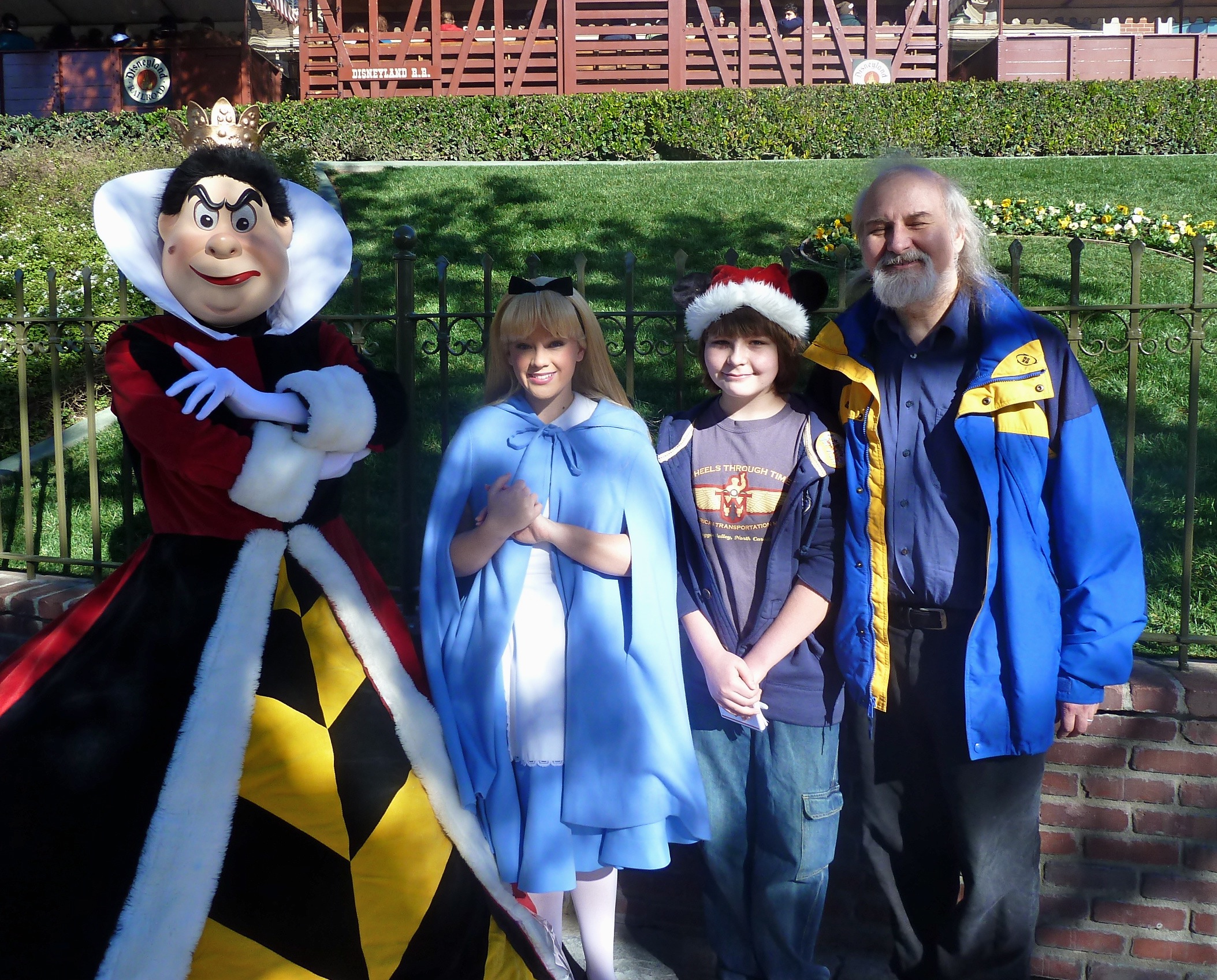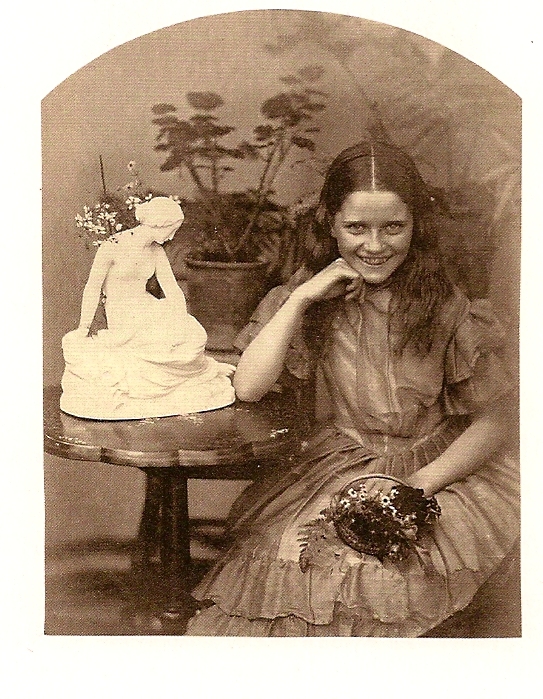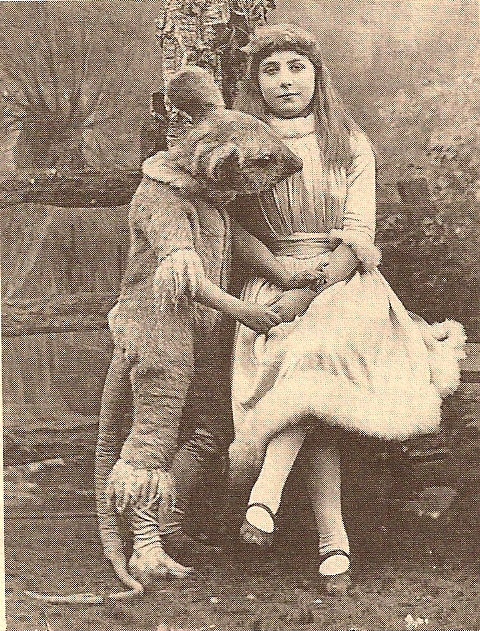This confusing riddle is one of the authentic connections Tim Burton's film Alice in Wonderland (2010) The Wonderland Postage-Stamp Case (1890) connects with Lewis Carroll's original Alice's Adventures in Wonderland (1865). The Mad Hatter asks this riddle in Carroll's book, but Carroll never gave the answer in his original text.
The Wonderland Postage-Stamp Case (1890) connects with Lewis Carroll's original Alice's Adventures in Wonderland (1865). The Mad Hatter asks this riddle in Carroll's book, but Carroll never gave the answer in his original text.
However, in the 1896 edition Carroll wrote: "Enquiries have been so often address to me as to whether any answer to the Hatter's riddle can be imagined, that I may as well put on record here what seems to be a fairly appropriate answer, viz. 'Because it can produce a few notes, though they are very flat; and it is nevar put with the wrong end in front!' This, however, is merely an after-thought: the Riddle, as originally invented, hand no answer at all." In Carroll's explanation, he spells never as 'nevar' as this is the reverse of 'raven,' a type of mirror writing that Carroll was so found of.
I had wanted to post about this riddle on April 1, but alas I broken a bone in my right foot the week before and am hobbling about everywhere. Still, it's worth writing about. Chapter 3 in my book, The Place of Lewis Carroll in Children's Literature, is primarily devoted to the raven conundrum. British anthropologist Francis Huxley has even devoted an entire book on the problem, The Raven and the Writing Desk (1976).
Here are a few my thoughts excerpted from my book.
"As a compulsive creator of riddles and puzzles, it seems almost nonsensical that Carroll would publish a riddle without a solution in Alice's Adventures in Wonderland.... The Mad Hatter's riddle is certainly not like the 'tremendously easy riddles' (Wonderland, p.182 see below) that Alice 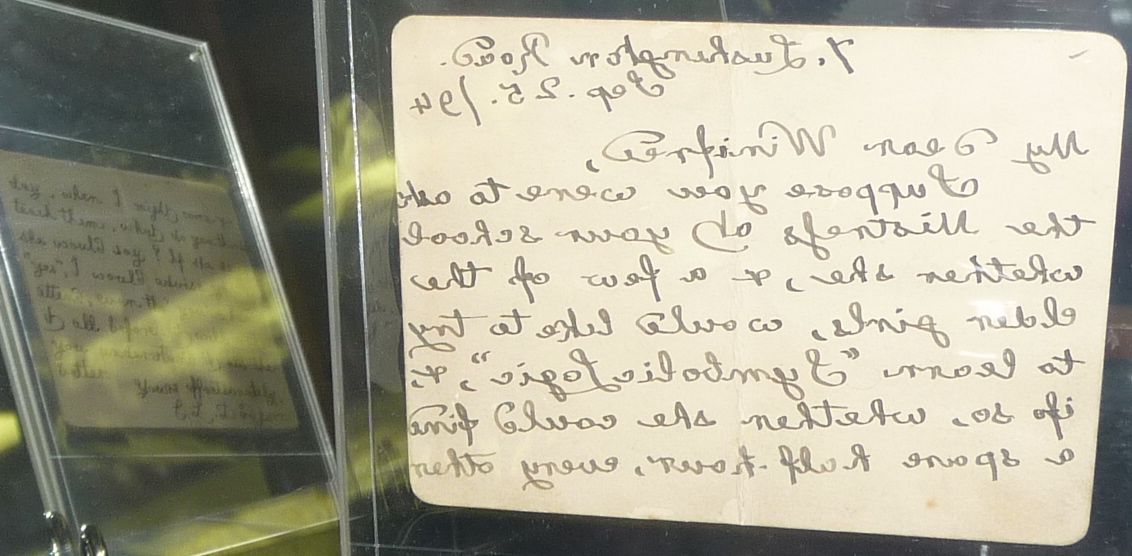 A letter Lewis Carroll wrote to a child friend in backward handwriting that had to be read in a mirror. From an exhibit at the University of Illinois libraryposes to Humpty-Dumpty in Looking-Glass. ... Following Alice's procedure - which was to think 'over all she could remember about ravens and writing-desks, which wasn't much' (Wonderland, p. 61), I want to speculate on the possible connection between these two seemingly dissimilar objects and suggest that the solution may very well have to do with Carroll's own letter writing."
A letter Lewis Carroll wrote to a child friend in backward handwriting that had to be read in a mirror. From an exhibit at the University of Illinois libraryposes to Humpty-Dumpty in Looking-Glass. ... Following Alice's procedure - which was to think 'over all she could remember about ravens and writing-desks, which wasn't much' (Wonderland, p. 61), I want to speculate on the possible connection between these two seemingly dissimilar objects and suggest that the solution may very well have to do with Carroll's own letter writing."
"Ravens have a rich history in folklore. They are, as the scientist Bernd Heinrich points out in Ravens in Winter (1989) (p. 20), considered to be 'the brains of the birld world.' In many mythologies, ravens are messengers who have the ability to speak and understand human language. For example, in Norse mythology, odin, the chief God, kept two ravens perched on his shoulders. .. They were sent out at dawn to gather news from around the world and report back to him...
"Carroll had a serious interest in Anglo-Saxon language and literature. ... I would argue that the Mad Hatter's 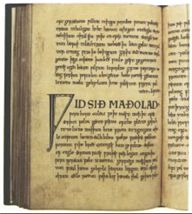 The Exeter Bookriddle has a more fitting Anglo-Saxon source in the riddles of The Exeter Book, which is an anthology of ninety Old English riddles and one Latin riddle. The first systematic attempt to solve all the riddles in The Exeter Book was the series of articles in 1859 and 1865 by Franz Dietrich (which is around the time Wonderland was being created). The characters at the Mad Tea-Party who subsequently reappear as the Anglo-Saxon messengers certainly engage in a sort of riddle contest. Two of the riddles from The Exeter Book have inkwell or inkhorn as the solution. Riddle 89 has the inkwell fixed on a wooden table and features a quill made from a raven's feather."
The Exeter Bookriddle has a more fitting Anglo-Saxon source in the riddles of The Exeter Book, which is an anthology of ninety Old English riddles and one Latin riddle. The first systematic attempt to solve all the riddles in The Exeter Book was the series of articles in 1859 and 1865 by Franz Dietrich (which is around the time Wonderland was being created). The characters at the Mad Tea-Party who subsequently reappear as the Anglo-Saxon messengers certainly engage in a sort of riddle contest. Two of the riddles from The Exeter Book have inkwell or inkhorn as the solution. Riddle 89 has the inkwell fixed on a wooden table and features a quill made from a raven's feather."
"The most overt appearance of a letter in Wonderland is when Alice observes the Fish-Footman deliver to the Frog-Footman the invitation from the Duchess to play croquet with the Queen.  Odin with Ravens In many ways, this episode embodies Carroll's attitude toward letters and letter-writing, specifically those letter that he wrote to children. It is significant that the letter is an invitation to play a game because Carroll's letters were essentially a spirited game of wordplay between two partners."
Odin with Ravens In many ways, this episode embodies Carroll's attitude toward letters and letter-writing, specifically those letter that he wrote to children. It is significant that the letter is an invitation to play a game because Carroll's letters were essentially a spirited game of wordplay between two partners."
"Within Carroll's playful approach to language, books and letters became an entertaining game between author and readers -- in which a baby becomes a pig or a raven is like a writing desk. The stuttering and awkward speaker, Charles Lutwidge Dodgson, retreats to his writing desk, and through the power of letters, is able to transform himself into Lewis Carroll, the clever creator of letters and books. Significantly, the solution that I propose to the Mad Hatter's riddle also points to solving the vexing riddle of the two divergent personalities of Lewis Carroll, the inventive author of children's books, and Charles Lutwidge Dodgson, the seemingly dull Oxford lecturer of mathematics. Carroll signed his letters both as "Lewis Carroll" and "Charles Lutwidge Dodgson" and on rare occassions as both. Most of his letters written to children are signed "Dodgson," rather than "Carroll." It is in his letters that the two seemingly distinctive aspects of his personality are united."
The text referenced Wonderland above is Alice's Adventures in Wonderland and Through the Looking-Glass. 1865/1871. Edited with an introduction and notes by Hugh Haughton. New York: Penguin, 1998. This is the edition I teach from and think is a good standard source of the books.
 Saturday, February 5, 2011 at 02:55PM
Saturday, February 5, 2011 at 02:55PM 

